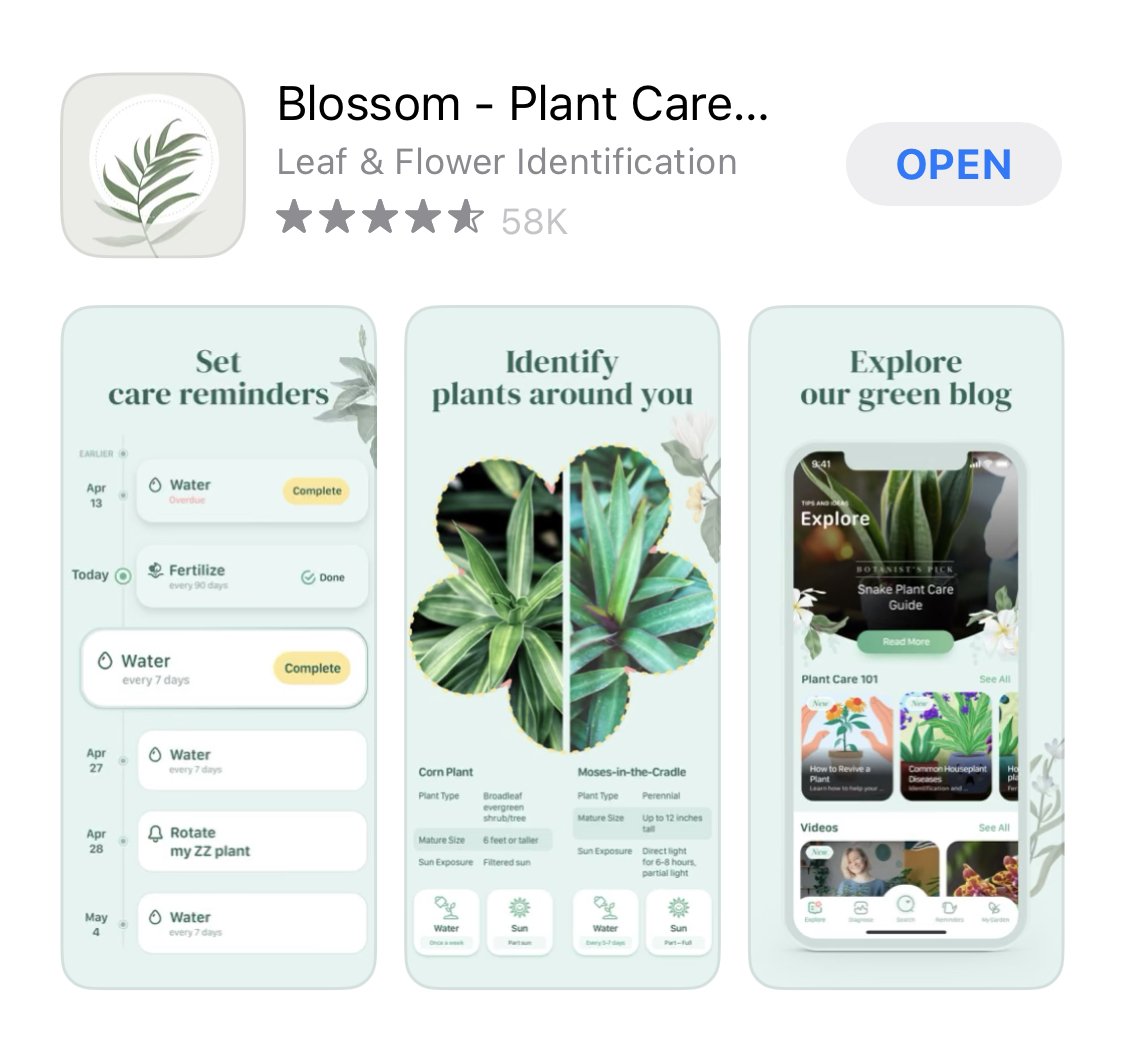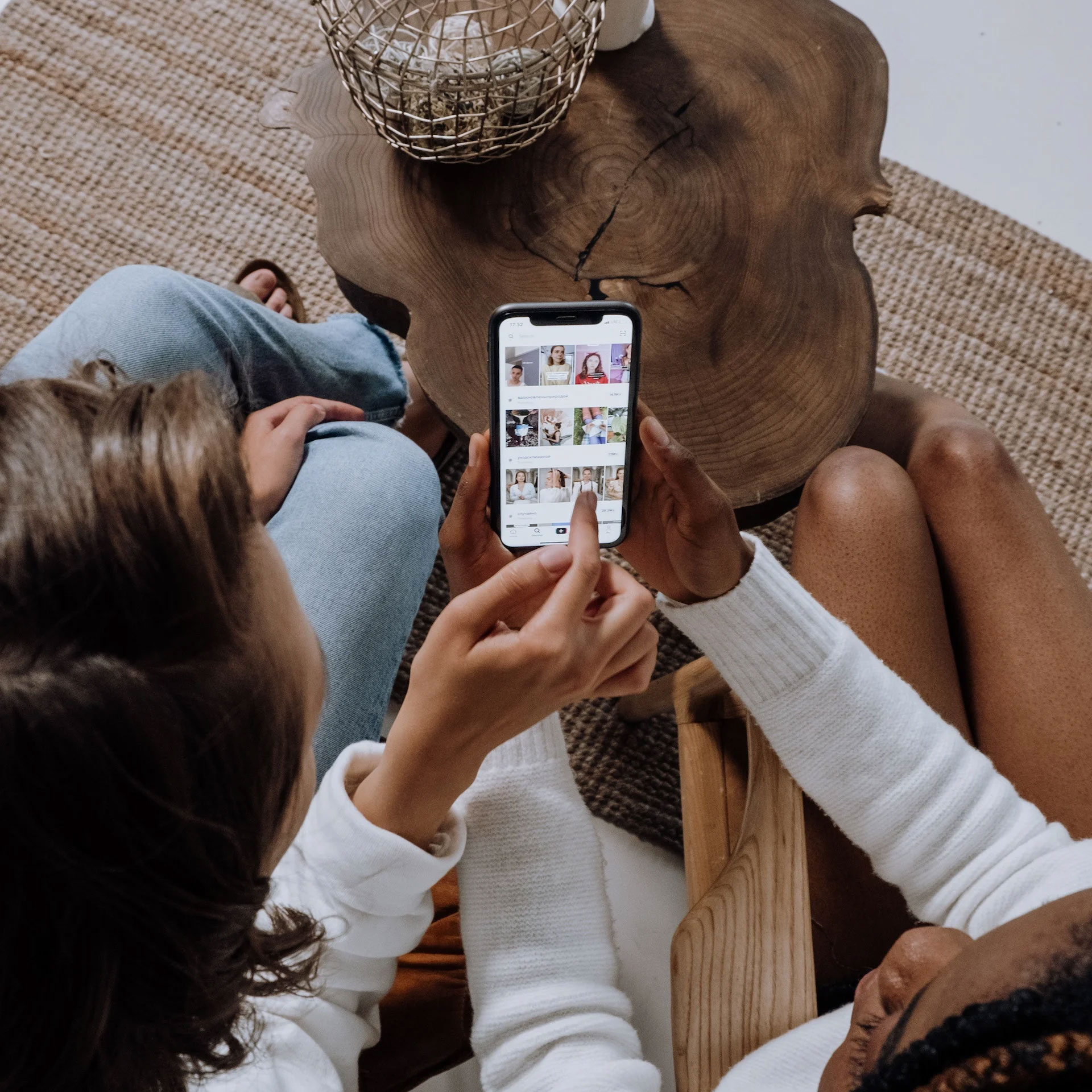Guide to UX for Mobile Apps that Attract and Retain Users
If your app-based startup is going to grow, you must attract and retain users. One estimate puts the average retention rate for mobile apps at just...
For users to reap the benefits of your mobile app, they actually need to use it. It sounds obvious, but user retention often takes a back seat to acquisition, and app companies suffer for it. The average smartphone user interacts with 30 apps or less each month. This means you have a limited opportunity to demonstrate value to your users, and quickly.
You need a tool designed specifically to create a valuable and engaging user experience. User experience (UX) design is that tool. UX focuses specifically on user interaction and perception by creating an experience that’s meaningful, relevant, usable, and accessible. Here’s what makes a good user experience that will keep your customers coming back for more.
The user experience of your product is foundational to how customers perceive a product. Users want apps that provide value, solve a pain point or meet a goal, and are easy to use. Your app can look beautiful and meet a need that resonates with users, but if they struggle to use it, they won’t. For a user to continue engaging with an app repeatedly, it must be a delight to use.
The process for designing a good user experience starts well before you begin development. It starts with your establishing a deep understanding of your target users through your marketing research and a solid understanding of behavioral psychology. Here are some of the critical elements of any good UX design for mobile apps.
Too much of any design element is not a good thing for mobile design, particularly given the small screen size. Don’t fill every available space with images, buttons, and text. Make it minimal to keep the user focused on one or two actions per screen. While your design should look good, it should primarily facilitate usage. Use white space and color wisely and strategically. Be sure every element directly contributes to ease of use.
Another core component of mobile apps is intuitive navigation. It should be very clear how a user should navigate through your app, and the same pattern should be followed throughout. Enable users to go forward and backward through the navigation so they can easily get where they want to go. Make sure buttons are clearly labeled with labels that all users will understand, and be sure the menu categories don’t overlap. A helpful tip is to use the tab bar for iOS and the Navigation Drawer for Android to simplify user interaction.
Design conventions are available for iOS and Android. It’s a good idea to follow these design conventions as they reflect how people are used to interacting with apps on these platforms. Don’t try to be too different. When you do, you risk confusing and alienating your users.
Users will be physically touching certain design elements throughout your mobile app. Be sure these elements are large enough so users can easily perform their tasks. You don’t want a button to be so small that a user can’t easily tap it. The smaller the tap target is, the more likely it will be for a user to tap the wrong target and get frustrated. Buttons, scroll bars, and other navigation elements need to be large enough and spaced far enough apart from others to be used effectively.
We’ve all had the experience of an app locking up or failing to complete an action. Users need to see action confirmations or they’ll become frustrated. These confirmations can take many forms, including a popup message or a simple color change. Make it clear that the app received the user’s input.
Given the smaller screen size for mobile devices, your UX design should prioritize content to allow for a seamless user experience. However, it’s also important that the content is brief and skimmable. People generally quickly read content on mobile devices and focus on key words and phrases. If you’re including longer content, give users the ability to easily navigate it. Additionally, the content should be accessible when a user doesn’t have access to WiFi.
You’ll want your mobile app to be accessible to a variety of users with differing abilities, including those with motor and hearing impairments and vision issues. When factored into the design, you make your app available to a broader spectrum of people. From a design perspective, this means using highly-contrasting colors and leveraging whitespace to ensure design elements have ample space between them. It also means clearly labeling buttons and using a font size that’s scalable. Additionally, you’ll want to use straightforward language for those who speak English as a second language.
Remember, you only have one chance to make a first impression. From the moment someone downloads your app to the first time they complete the user journey through it, they should be engaged and enchanted. Designing a good user experience can help ensure you accomplish this goal.
Want to learn how we help our customers design good user experiences or talk about your project idea? Get in touch.
You might also like:
Subscribe to our newsletter.

If your app-based startup is going to grow, you must attract and retain users. One estimate puts the average retention rate for mobile apps at just...

In the “Under the Hood” Series, we look at how popular apps have grown loyal usage through behavioral design. Seeing the techniques in action should...

Despite the sheer amount of apps in the marketplace, it’s a bit shocking to discover just how many apps still lack the basic elements of good design....